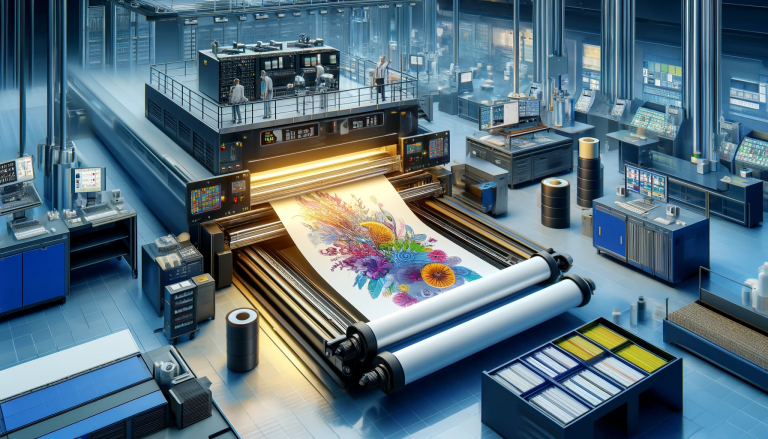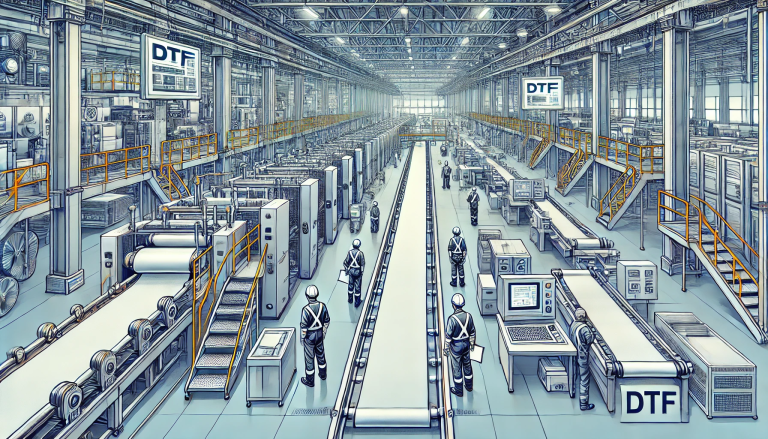“Unraveling the Intricacies: How UV DTF Printing Works” -MAXDTF- UV Magic Paper Wholesale, UV DTF Paper Factory, Made in China
In today’s digital world, technology evolves at an unprecedented pace, offering up innovative solutions that push the boundaries of what’s possible. One domain where this is vividly reflected is in the realm of digital printing. A groundbreaking technology that has made a significant impact in this area is UV DTF (UltraViolet Direct To Film) printing. This novel technology boasts superior results, creating high-quality, vibrant, and durable prints. But how exactly does UV DTF printing work? Let’s take a deep dive into the process.
The Basics of UV DTF Printing
UV DTF printing, or Ultraviolet Direct to Film printing, is a method that combines the best of two worlds: Direct to Garment (DTG) and UV printing technology. It uses a particular kind of ink – UV curable ink – that instantly dries and adheres to the printing surface when exposed to ultraviolet light. This rapid drying capability reduces the risk of smudging or distortion, creating crisp, high-definition images.
The UV DTF Printing Process
The UV DTF printing process unfolds in several steps:
- Design Preparation: Like any other printing process, UV DTF begins with the design. Graphic designers use professional software tools to craft and finalize the artwork, after which the design file is sent to the UV DTF printer.
- Printing the Design: Unlike traditional printing methods, UV DTF employs a roll-to-roll printing technique. The artwork is printed onto a special heat-resistant, transparent film using UV curable ink. The unique thing about this ink is that it remains liquid until exposed to UV light.
- Curing Process: Once the design has been printed onto the film, it passes through a UV light module. Here, the UV curable ink is exposed to concentrated ultraviolet light, causing a chemical reaction that instantly hardens the ink, turning it from liquid to solid. This process is called curing.
- Transfer Process: The cured design on the film is then transferred onto the substrate (the material onto which the design is to be printed – this could be fabric, glass, plastic, etc.). This is achieved through a heat press, which applies consistent heat and pressure, ensuring that the design firmly adheres to the substrate.
- Finishing: Once the design is successfully transferred onto the substrate, it’s allowed to cool. The result is a high-resolution, vibrant, and durable print that can withstand various conditions without peeling, cracking, or fading.
Why UV DTF Printing?
UV DTF printing presents many advantages over traditional methods. The UV curing process creates prints that are not only high in quality but are also durable and resistant to water, scratches, and UV light. It opens up a world of possibilities for printing on a variety of materials, including those that are not typically suitable for other printing technologies, such as glass, metal, or plastics.
Furthermore, the quick-drying nature of UV curable ink eliminates the need for a drying stage, improving production speed and efficiency. The technology also allows for more vibrant color reproduction, as the UV curing process prevents the ink from seeping into the substrate, keeping the colors on the surface and maintaining their brightness and intensity.
To sum up, UV DTF printing is a fascinating and innovative technology that offers incredible versatility, durability, and speed. Whether it’s for producing custom apparel, promotional items, or unique artwork, this method provides unparalleled results, further pushing the boundaries of what’s possible in the realm of digital printing.





